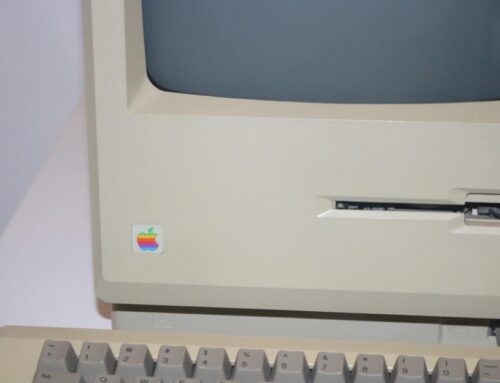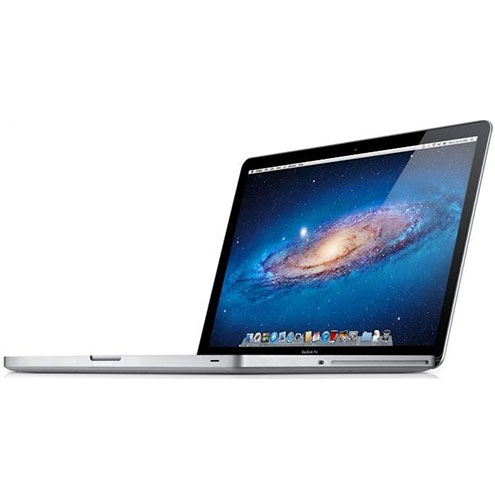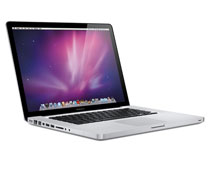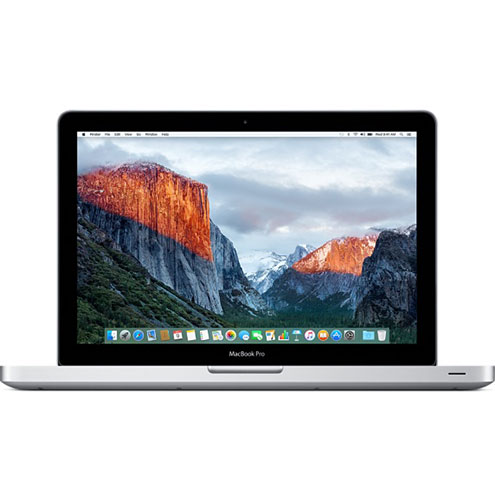Comparison Guides – Comparing Performance: MacBook Air vs MacBook Pro Over the Years

When diving into the world of Apple laptops, two flagship models emerge as prime candidates for potential buyers: the MacBook Air and the MacBook Pro. While both have evolved considerably over the years, each caters to a unique set of users. In this article, we’ll examine the performance evolution of these two MacBooks to help you decide which might be right for you.
- Historical Background:
The MacBook Air, launched in 2008, was a marvel of engineering, presenting itself as the world’s thinnest laptop. Over the years, its ultra-portable design and reliable performance made it a favorite among students and professionals who prioritized mobility.
The MacBook Pro, on the other hand, traces its lineage back to 2006. From its inception, it was designed for power users—those who needed extra processing juice for tasks like video editing, music production, and high-end graphics.

- Performance Evolution:
- CPU & GPU: Early versions of the MacBook Air featured power-efficient processors to maintain its slim profile and battery life. However, as technology advanced, Apple started fitting the Air with more powerful chips, albeit not as powerful as the Pro lineup. The MacBook Pro traditionally housed more robust processors and dedicated graphics cards, particularly in the 15-inch and later the 16-inch models, catering to professionals who required that extra punch.
- RAM & Storage: The MacBook Air historically started with lower RAM capacities, but as of the recent models, users can equip it with up to 16GB of RAM. Storage options have also expanded with SSDs offering faster read and write speeds. The MacBook Pro, especially the higher-end models, provides options for up to 64GB of RAM and up to 8TB of SSD storage in its latest iterations, making it a beast for multitasking and large file handling.
- Thermal Management: Given its slim form factor, the MacBook Air had challenges with heat dissipation in its early years. This sometimes resulted in CPU throttling. However, recent models have seen improvements in thermal architecture. The MacBook Pro, with a larger chassis, has generally provided better thermal performance, especially in the models with dedicated graphics.
- Portability vs Power:
The MacBook Air’s slim design and lightweight build make it an ideal companion for those constantly on the move. It offers a delicate balance between performance and portability. While it has become more powerful over the years, its primary focus remains portability.
The MacBook Pro, particularly the 16-inch version, while still portable, is undoubtedly bulkier and heavier. It’s a machine built for intensive tasks, and its weight and size are trade-offs for the high performance it provides.
- Price Point Considerations:
Historically, the MacBook Air was positioned as the more affordable option, making it attractive for those who wanted an Apple laptop without breaking the bank. With the introduction of the Retina display and other advanced features in recent models, the price has seen a slight increase, but it still generally remains less expensive than the Pro.
The MacBook Pro, with its beefier specs, has always commanded a higher price. Those who require its advanced capabilities often see it as a worthy investment.
Conclusion:
Choosing between the MacBook Air and MacBook Pro boils down to understanding your needs. If you’re seeking a lightweight, everyday laptop for tasks like web browsing, document editing, and media consumption, the MacBook Air might be your pick. However, if you’re a professional needing a workhorse for resource-intensive tasks or someone who wants the top-tier laptop experience, the MacBook Pro is the way to go.
As with all technology, both these models will continue to evolve. It’s always a good idea to keep an eye on Apple’s announcements and spec updates to determine which machine will serve you best in the years to come.
Most Popular Models Today
-
MacBook Pro 2.4Ghz Intel Core i5 4GB 500GB SuperDrive UNIBODY 13" MD313 Late 2011
$649.00 USD $329.00 USD -
MacBook Pro 2.66GHz Intel Core 2 Duo 4GB 250GB DVDR UNIBODY 13" MC375 Mid 2010
$799.00 USD $664.00 USD -
MacBook Pro 2.9GHz Intel Dual-Core i5 16GB 256GB Flash Storage 13" MF841 2015
$699.00 USD $459.00 USD







